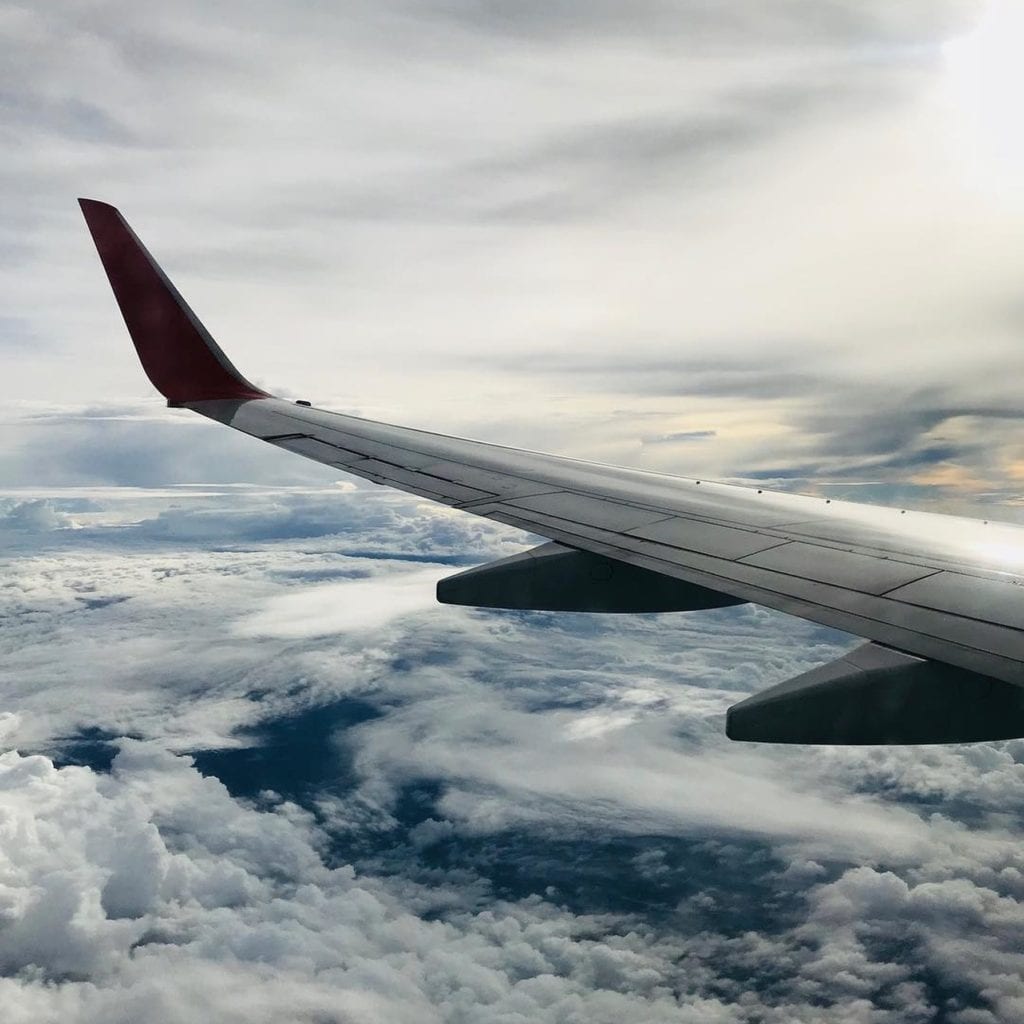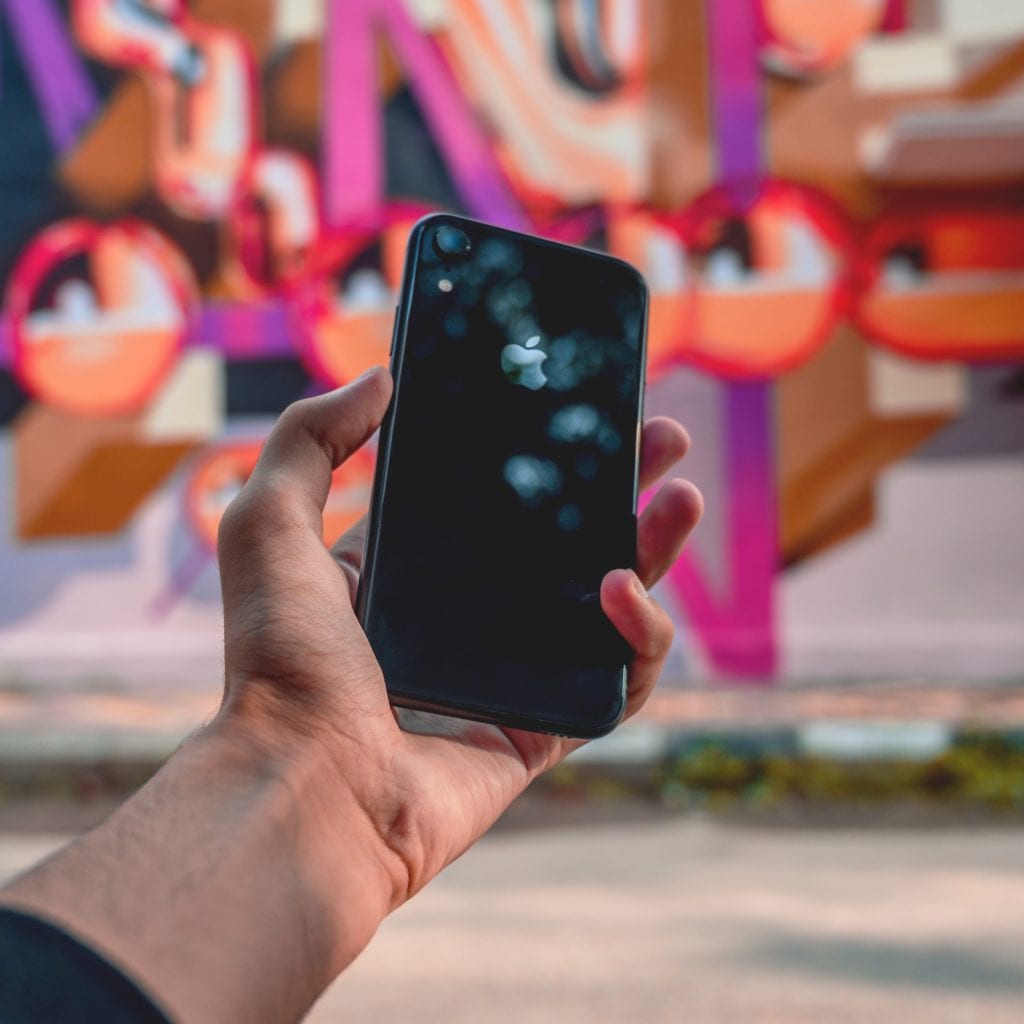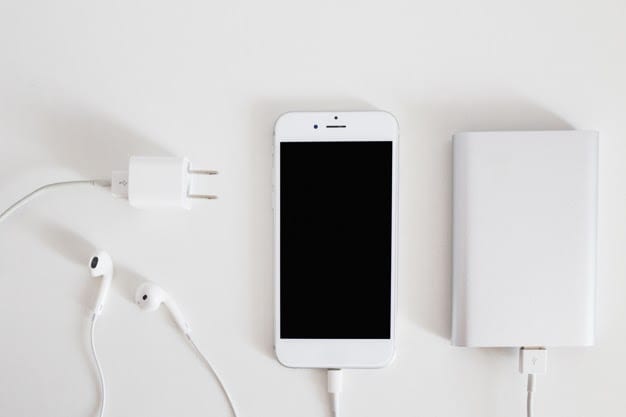We’ve all been stuck on a bus, train, or plane next to someone with a cell phone glued to his ear as he has a loud and seemingly endless conversation. Some trains include “quiet cars” as a courtesy, but airlines have been left to make their own rules regarding cell phone on Airplane usage – and as of right now, there aren’t very many. Since the Transportation Department ruled that cell phones do not interfere with flight instruments in December, many airlines no longer enforce the old “airplane mode” rule once the plane is at a certain altitude.

However, they might begin to. Some airlines have been toying with the idea of creating a special area for passengers who wish to use their phones and another area for those who don’t – and potentially charging more for both. Would you pay extra to sit in a quiet section with no one-sided conversations to be overheard? Or, would you pay extra to have the convenience of being able to chat with your friends for the whole flight? Either way, there’s another surcharge airlines can cash in on. Check out Phone charging kiosk airports for quick charging of your phone.
What is the function of Airplane Mode?

Whichever device you are using – whether it is an Android Phone, Windows tablet, iPad, or any other communication device there is an airplane mode feature provided which is meant to disable some of its hardware functions which are as follows:
Cellular: Your device would stop communicating with the cell towers if you switch on this mode. Moreover, you will also not be able to receive or send messages when you are in the plane. Your SMS messages, voice calls as well as mobile data will be disconnected when you switch on the airplane mode.
Wi-Fi: Wi-fi connection is also affected when you switch to this mode. Your device would stop scanning the networks available nearby and will automatically stop attempting to join them. You will be disconnected from the Wi-fi network in case you are already connected to it.
Bluetooth: The Bluetooth feature of the phone also get disabled when you are switch on this mode.
GPS: All of the functions that receive GPS will get disabled automatically at least of some devices. This capability can sometimes be confusing and inconsistent. Although a device with GPS-switched on does not transmit any signals, it only receives the signals this property might be disabled in some cases. However, in most of the case, GPS receiving functions are disabled due to aircraft regulations.
Using Airplane Mode to Save Battery on Devices
Airplane mode can prove to be useful when you are on ground as it enables you to save battery of your device. The radio feature along with several other functions on the devices consumes a large amount of power, as the device needs to communicate the cell towers. Scan and connect the function to nearby Wi-fi networks, look after the Bluetooth connection and check the GPS regularly. In such a case, if you are running out of battery, then you can switch the airplane mode on as that would disable most of these functions automatically and would ultimately save your battery life. However, one downside to doing so would be that you will be unable to take up calls and messages on the phone. If you are using tablet for instance then using the airplane mode would be perfect as an offline eReader.
Why Do You Need Airplane Mode?
By turning off the services, your device would become safe to use in the airplane as per the federal regulations and airlines’ rules. In the case of Apple products, it is very clear that the airplane mode enables the users to meet the airline regulations and rules as there have been cases when the battery of the products might have blasted.
However, there is a little evidence that mobile phones can interfere with the navigation equipment or even the performance of the aircraft. However, there have been indications from federal communications commission wants you to switch the phone to the airplane mode when you want to fly. The FCC is majorly concerned with the implications of the cell towers that are placed on ground. And there is also a warning that there is a possibility that phones above 40,000 feet in the air can catch signals from cell phone towers on the ground. This might disrupt services and the crowd networks as well.
How Can You Use Phone During Airplane Mode?
The airplane mode blocks the connection on the cellular network and you won’t be able to send SMS or make phone calls, or use the Wi-fi connection. You would not be able to do anything that concerns with the Internet connection as all the wireless networks would be shut down due to this. However, as per the current deadlines, the FAA has given updates that passengers can use Wi-fi connections and Bluetooth on the flight.
So, if your airline regulations permit you for the use of devices on the flight, you can use them without any fear. Otherwise, it is always advised that you follow the rules as there are multiple cases where there has been interference in the airplane systems due to the signals that are transmitted from the phone and similar devices when used on board. Make sure that you check your phone before the flight takes off and switch it off if the crew has told you to do so.
When should Use the Phone on Airplane Mode?
If you are wary of the rules given for the aircraft, you should switch your phone to airplane mode when you are on flight. Apart from that, you can switch your phone to airplane mode if you want to save battery if you are facing poor service anyway. Moreover, your phone will also charge the phone at a faster rate.
Another thing that can be done by switching the phone on airplane mode is that if you want to save yourself from getting distracted on social media or messages, then you can switch it to airplane mode for some time. This feature is also useful when you are handling your kids tablet or any other device as that would only prevent them from calling up anyone and will also keep the notifications from popping up when they are using the device.
The future of using in-flight cellular phones
A few years ago, European Commission was in favor of allowing in-flight cellular service all over the Europe. Several prominent airlines started providing such services which made flights highly convenient for people especially those who are travelling in business class and might need to take up emergency calls on the go. People could easily make voice calls, use data, and send messages when they were on-board at the flight.
This was made possible by providing services that would fit into each plane. For instance, it was necessary to install a mobile base station, and a control unit which would prevent the signals on the cellular network from reaching the ground signals. A satellite link is also provided to operate the terrestrial phone networks.
Over the years, this particular technology has worked well in Europe and United States. It is soon going to be applicable to other countries as well. Several commercial airline services have requested such services on their flights and most of them want to make the flight experience more convenient for their customers.
The FCC has also been collecting data from the consumers and taking technical inputs from the flights to reconsider the rules that need to be used on online flights. This would surely give complete freedom to the airlines for allowing cellular services in case the aircraft is going to be equipped with an onboard equipment. If these rules are adopted, then the final decision would lie in the hands of the airlines as to whether or not they want to use these services in their airplanes.
Several studies have be conducted on whether or not such a facility should be available on the aircrafts and it was found that a majority of citizens would want to make voice cells and send text messages if they have the choice to do so.
The Fear of Interference on Board
There is a fear of interference that the active devices might cause on the flights which is why they are advised to be switched off when the flight takes off. This is mainly due to the fact that devices tend to communicate through radio when they are connected to Internet or other networks. Professors from leading universities have explained this phenomenon similar to that of heating pipes in the household. As the central heating system in a house reacts to the reading on the thermometers installed with the pipes that run across the pipes and tend to function on the basis of room temperature adjustment. The change in temperature triggers a message to the system to adjust to the surroundings. Similarly, the phones too react in the same way and there might be a case of interference when you are on board.

The personal electronic devices might react in a similar manner in certain cases and if there are a large number of such devices then that might create a problem. Apart from the phones, there are several devices which are already present in the airplane which are known as avionics and are used during navigation. If there are frequencies that are close to the avionics then that might hinder the functioning of such devices which can prove to be fatal when you are flying high. This is one of the major reasons of switching the phone to airplane mode when you are on flight.
So far, the debate that surrounds the cell phone use while boarding the flights continues to be a major point of discussion. However, efforts are being made to provide clear references and technical inputs to prove that allowing such things would not hinder the system inside the airplane. The devices need to be handled carefully to avoid any disturbance or mass issues related to the radio waves that the phones tend to catch while you connected to any mobile networks. This process needs a thorough inspection and investigation to ensure that there would be no side effects if multiple people use phones while on flight and there is no disturbance due to the emission of radio signals.
Although some of the flights have adopted this technology but it would need a lot of convincing for the others to take such a major step. It is also important that you follow the regulations as per the advisory board even when there is a new that the ban has been opened until you are sure of the consequences. It is important to pay heed to the instruction while on flight to avoid any bad experiences.
Source: National Journal

